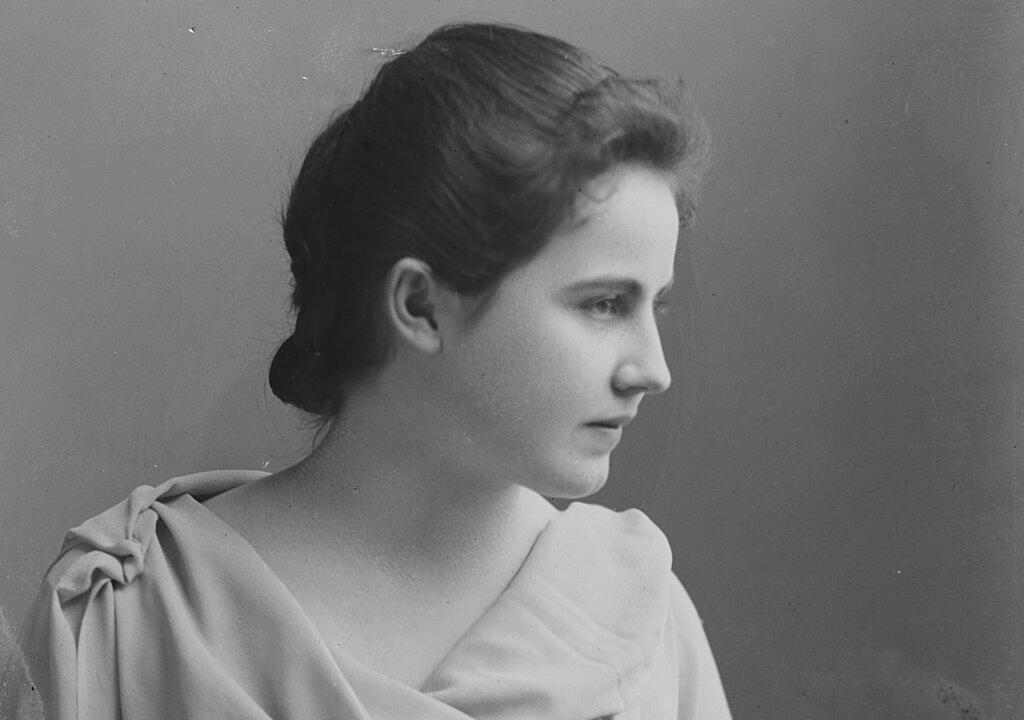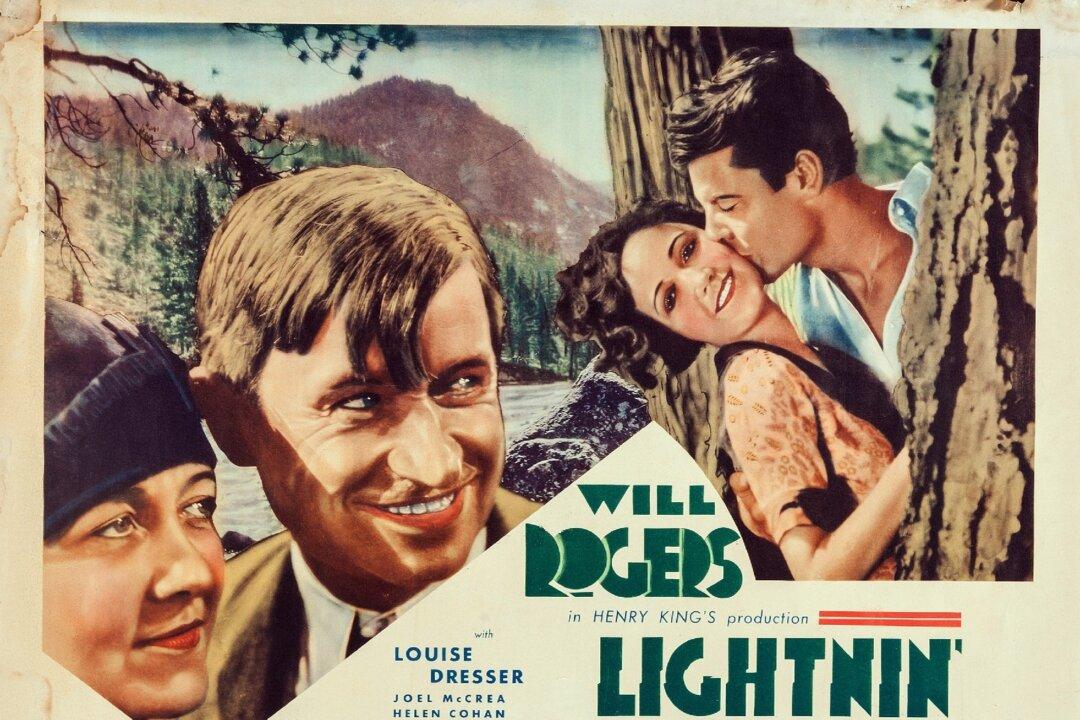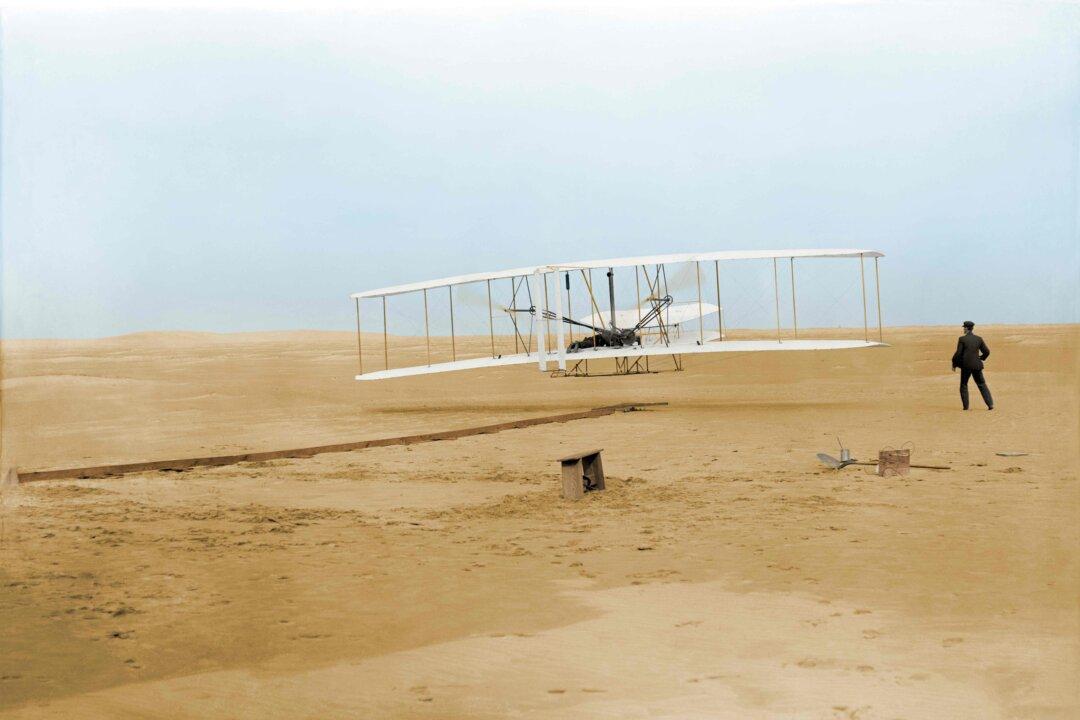On a railroad car named “Mayflower,” headed to California in September 1919 for a presidential speaking tour, first lady Edith Bolling Galt Wilson felt trapped. She was loyal to President Woodrow Wilson’s mission to rally the American people for his League of Nations proposal after World War I. On the other hand, her husband’s health was noticeably failing, and she feared for his life.
Loyalty was a strong character trait Mrs. Wilson had consistently displayed throughout the years with her family, including an invalid grandmother that she helped care for each day. Her fortitude was put to the test again when her first husband, Norman Galt, died suddenly in January 1908 in his early 40s and left his business and debts to his widow. The Galts were an affluent family in Washington, D.C., owners of the Galt & Bro. jewelry business and considered one of the most prominent families in the capital city.





